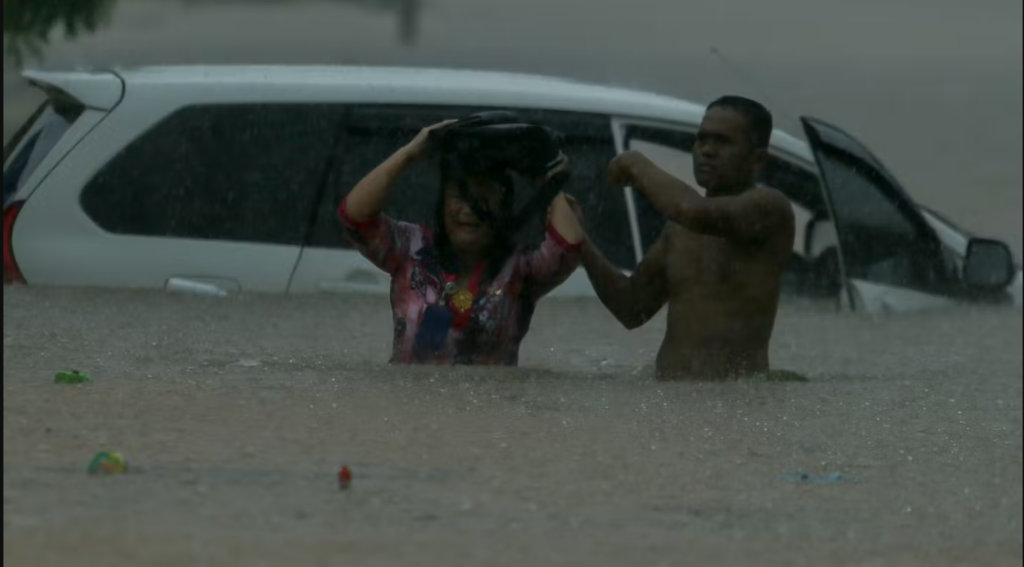
Climate change is increasing storms, floods, wildfires, and other costly dangers, making homeowner’s insurance unaffordable or unavailable in many portions of the US.
State Farm, the largest home insurer in 2022, declared this week that it will not accept new homeowners policy applications in wildfire-ravaged California, sending shockwaves through insurance markets.
Stronger climate change consequences might cause the US “end of insurance”
State Farm’s decision affects insurance availability
State Farm cited “rapidly growing catastrophe exposure” as one of the reasons it will cease accepting new applications in California, which might signal other insurers’ willingness to sell policies in riskier places.
After devastating fire seasons in 2017 and 2018, several insurance companies refused to renew policies in high-risk regions, a trend California has sought to stem via moratoriums on non-renewals.
“State Farm’s move is an indication that insurers didn’t view 2017 and 2018 as sort of one-off, terrible-loss years but as a trend of ever-increasing risk,” said Carolyn Kousky of Environmental Defense Fund (EDF), a nonprofit.
According to Milliman, an actuarial and consulting firm, the 2017-18 California fire seasons cost house insurers over US$20 billion in underwriting losses, wiping away almost treble the preceding 26 years of profit.
Why is climate change raising house insurance rates?
Climate change is worsening floods and fires, making it harder for risk-averse insurance firms to calculate and pay for claims.
When peaceful years turn into a flood of claims, disaster insurance is harder to price than vehicle insurance.
“They have to pay those claims without going bankrupt,” Kousky added.
Reinsurance—insurance for insurance companies—helps, but homeowners pay for it.
Mark Sektnan, vice president for state government relations for the American Property Casualty Insurance Association (APCIA), said inflation and climate change had raised insurance claim expenses.
Human choices—such as building in dry forests and floodplains—also raise insurance prices.
Daniel Osgood of the Columbia Climate School’s International Research Institute for Climate and Society stated, “We keep building more and more expensive buildings in harm’s way” in flood-prone Florida.
We are choosing a “less-resilient future” as humans.
How much is insurance rising?
According to the Insurance Information Institute, the average US house insurance premium rose from US$979 in 2011 to US$1,544 in 2022.
However, high-risk states see bigger increases.
One major condominium complex near San Diego in California had its US$47,000-a-year insurance terminated last year due to rising fire danger, and one replacement quote was US$600,000.
The National Flood Insurance Program’s average yearly cost for single-family houses is predicted to quadruple from US$888 to US$1,808.
As in September, rules on a new risk assessment system that accounts for worsening climate change hazards are projected.
Will climate change affect insurance availability?
Many insurance firms have abandoned climate-vulnerable places like Florida and Louisiana due to rising losses.
Many homeowners have had to buy expensive insurance from state-backed insurers of last resort.
“This is starting to happen in various parts of the country, whether it’s from flood risk, hurricane risk, or fire risk in the case of State Farm’s announcement,” said Rob Moore of the nonprofit Natural Resources Defense Council (NRDC).
Moore said State Farm’s action is likely a precursor to additional insurance reforms, including insurers cutting business based on geographic concerns.
“It’s tempting to say, ‘Oh, insurers are a bad guy for not staying and insuring people’s properties,’” he added. “They’re a business.”
